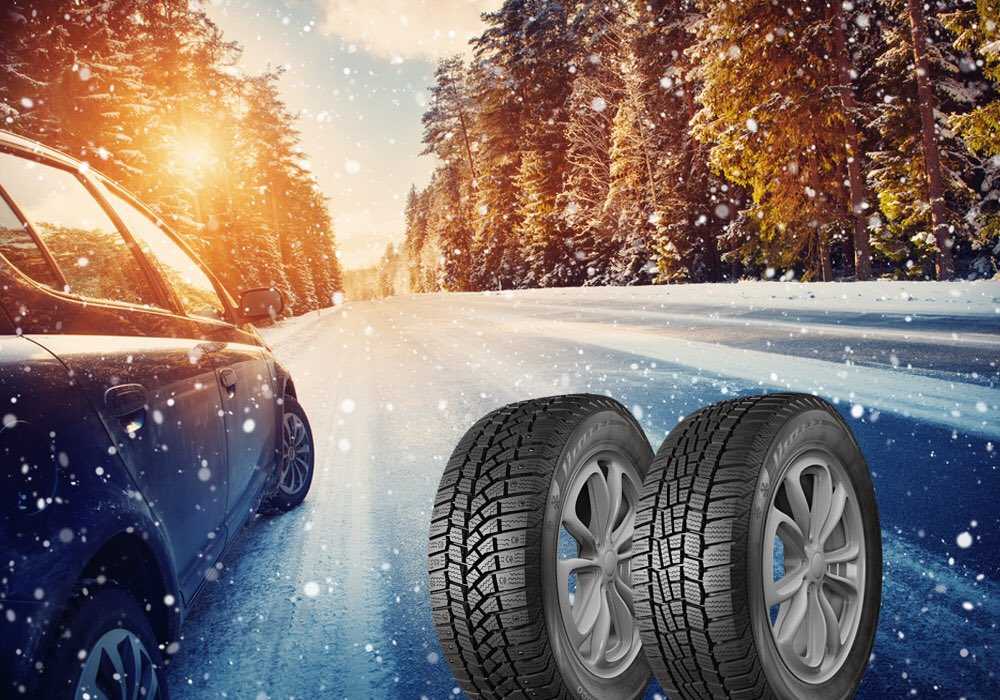Many vehicles are fitted with all season tires when they leave the factory. Since they are built to provide a relatively quiet ride, good tread life and year-round performance, its no wonder why they are so popular. All season tires offer versatile performance and are designed to perform in a variety of conditions including wet roads and light winter driving. All season tires are designed to offer a combination of benefits from summer and winter tires.
In order to provide good performance in a variety of driving conditions, all-season tires inevitably have to compromise some max summer and winter performance capabilities.That means all-season tires won’t provide the same amount of extreme grip and sharp handling of a summer tire. Likewise, an all-season tire is not designed to handle extreme winter conditions like trekking through snow or driving on ice.
Think of all-season tires like tennis shoes. You can wear tennis shoes all year, but they aren’t ideal for all situations. It’d be much better to have flip flops on the beach in the summer and boots for the snow.
All-season tire technology offers great year-round performance for drivers who live in moderate climates and do not frequently encounter extreme cold, ice, and snow in the winter months.
When it comes to driving in winter weather, having the right tire matters. From heavy snowfall to black ice, winter roads are extremely unpredictable. These conditions challenge tires to provide traction like no other season of the year. The combination of cold temperatures, ice, and snow can be best met by winter tires, which are specially designed to perform in winter conditions.
When it comes to driving in winter weather, having the right tire matters. From heavy snowfall to black ice, winter roads are extremely unpredictable. These conditions challenge tires to provide traction like no other season of the year. The combination of cold temperatures, ice, and snow can be best met by winter tires, which are specially designed to perform in winter conditions.
From heavy snowfall to black ice, winter roads are extremely unpredictable. These conditions challenge tires to provide traction like no other season of the year. The combination of cold temperatures, ice, and snow can be best met by winter tires, which are specially designed to perform in winter conditions.
There are specific features of winter tires that make them unique: tread rubber, tread depth and patterns, and biting edges.
The Tread Rubber - In extreme cold temperatures, the tread rubber of an all season or summer tire stiffens and becomes less able to provide sufficient traction. To combat this, tread rubber compounds of winter tires are designed to remain flexible, allowing the tire to grip the road better.
The Tread Depth and Patterns - A unique feature of winter tires is deeper tread depths and unique tread patterns. Deeper tread depths reduce snow buildup and provide better traction on the snow. Winter tire tread patterns are designed to channel snow and slush and expel water.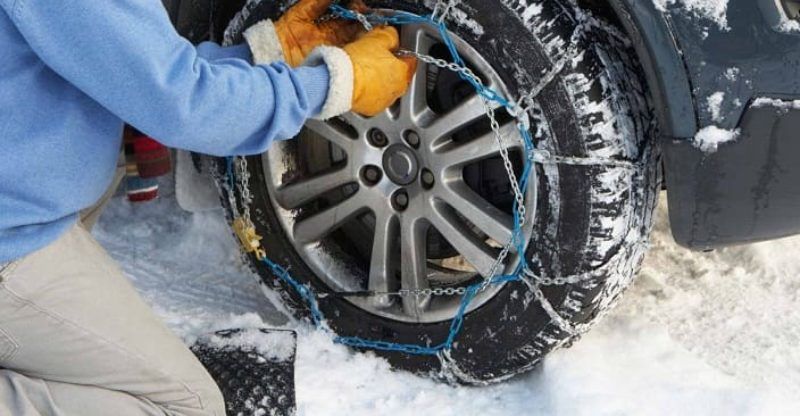
Biting Edges - Winter tires also feature an increased number of biting edges and high sipe densities, or in other words, thousands of tiny slits in the tread that provide traction on ice.
Bridgestone Blizzak tires also feature a proprietary multi-cell compound that acts as a sponge to help remove the thin layer of water that resides on ice and cause slippage. This helps to improve traction in icy conditions so you can maintain control of your vehicle. Check out our Blizzak DM-V2 winter tire for a closer look at how this tire provides confident driving in snow and icy conditions.
The solution to the winter or snow tires vs. all-season tires question will depend on where you live and the conditions in which you drive.
If you only see a few snow flurries each year and slick, icy roads are more of a fluke than an annual ordeal, all-season tires are probably the way to go. But if you know there’s a period when icy roads are always an issue, mounting winter tires isn’t an over-the-top precaution – it’s an essential safety measure that could save your life.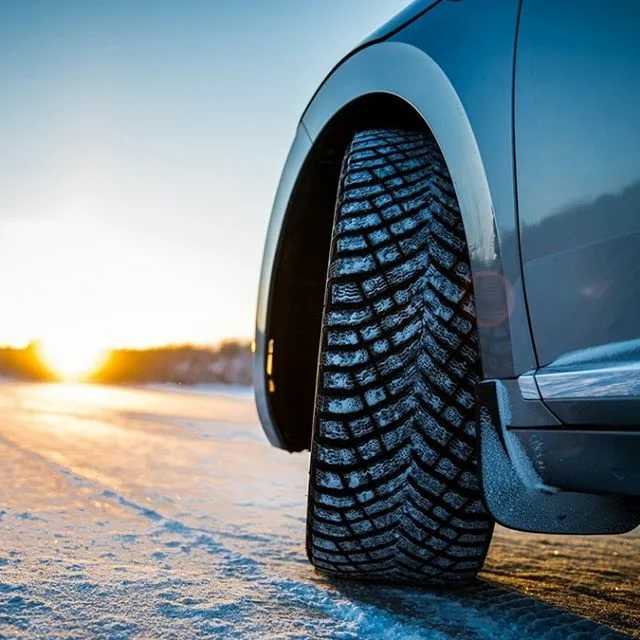
When mounting winter tires for the season, always install a full set. Just changing out the front tires increases the likelihood that the rear tires will skid. Likewise, just putting snow tires on the rear wheels could cause the front tires to lose traction and make it impossible to steer your vehicle.
And remember to re-mount those all-season tires when spring rolls around. While winter tires are undeniably superior in extreme winter conditions, they’ll wear down faster on warm, dry pavement.
Shop Snow or All-Season tires and view product level tire technology details that are compatible with your driving needs.
When it comes to driving in winter weather, having the right snow tires matters. Watch the video to see how Bridgestone Blizzak premium winter tires are designed to deliver optimal snow and ice performance.
FIND YOUR WINTER TIRE
There’s never a good time for a flat.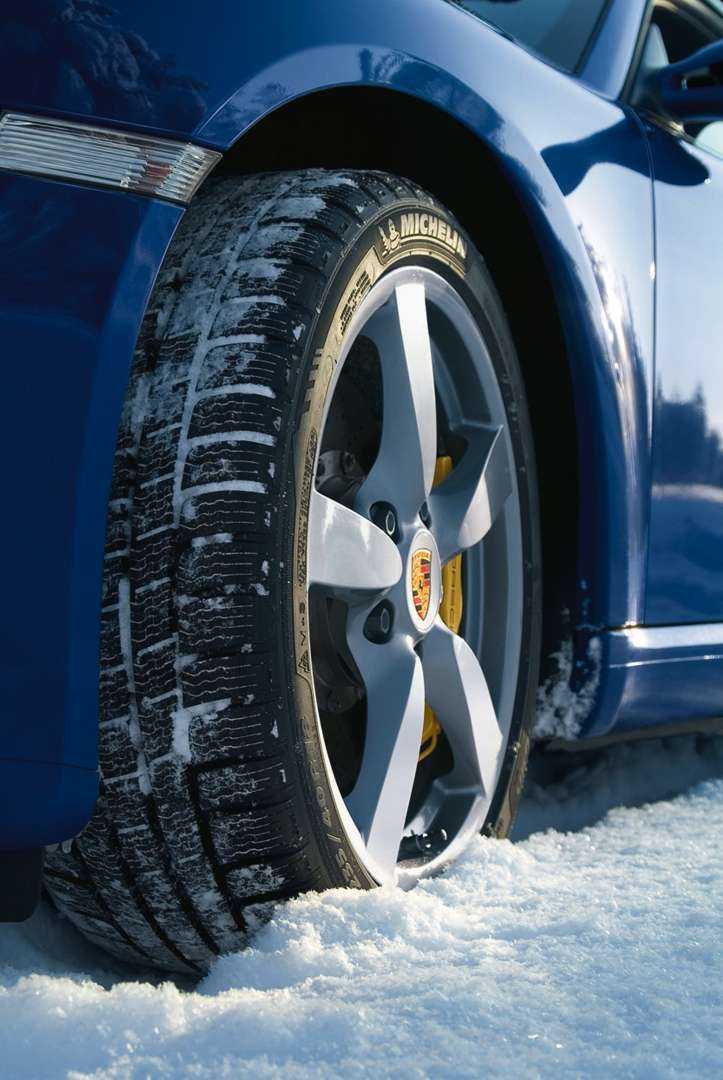 That’s why Bridgestone DriveGuard tires are masterfully engineered to keep you moving for up to 50 miles at speeds up to 50 MPH without disruption.
That’s why Bridgestone DriveGuard tires are masterfully engineered to keep you moving for up to 50 miles at speeds up to 50 MPH without disruption.
See Details Find Your Fit
This article was published more than 5 years ago. Some information may no longer be current.
All-season tires are a bad compromise. On snow, ice or cold pavement, the stopping distance of a car equipped with winter tires can be 30 to 40 per cent shorter than one with all-seasons. Since the force of a crash increases as the square of impact speed, this could be the difference between life and death.
Although it's the treads that you notice, the most important part of a winter tire is actually its rubber compound, which is designed to stay soft in freezing temperatures. Like a gecko climbing a sheet of glass, a tire sticks to the road by conforming to minute imperfections.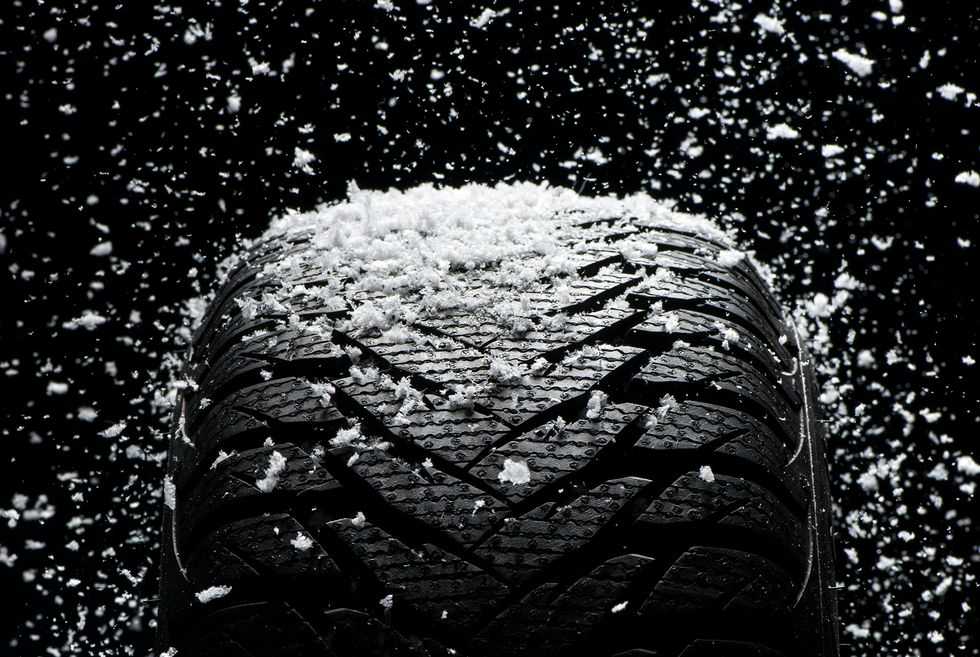 The soft rubber treads of a winter tire are able to splay and wrap themselves around minute protrusions on cold pavement, or even on what may appear to be perfectly smooth ice. Summer tires, which are designed to operate in warm temperatures, harden as the temperature falls. All-seasons, which must be designed for year-round use, cannot match winter tires in low temperatures.
The soft rubber treads of a winter tire are able to splay and wrap themselves around minute protrusions on cold pavement, or even on what may appear to be perfectly smooth ice. Summer tires, which are designed to operate in warm temperatures, harden as the temperature falls. All-seasons, which must be designed for year-round use, cannot match winter tires in low temperatures.
Premium winter tires perform better than basic models. What you're paying for is the latest in rubber technology and tread design. What you get is traction that may be up to 15 per cent better than economy-model winter tires. If you want to see the difference between different grades of winter tires, go to an ice race. "The drivers with the premium tires are all out front," says Ontario racer and winter driving instructor Ian Law. "There's no comparison."
It's about temperature, not snow. Winter tires should be installed when you expect temperatures to fall to 7C or below. As the temperature falls, the rubber in summer and all-season tires becomes inflexible, killing traction. Watch the thermometer and use common sense, because no one will tell exactly when to put on snow tires (unless you live in Quebec, where the law dictates that your car be equipped with winter tires between Dec. 15 and March 15.)
As the temperature falls, the rubber in summer and all-season tires becomes inflexible, killing traction. Watch the thermometer and use common sense, because no one will tell exactly when to put on snow tires (unless you live in Quebec, where the law dictates that your car be equipped with winter tires between Dec. 15 and March 15.)
Winter tires should be narrower than summer models. Experts recommend that you go down one or two sizes when installing winter tires – if your car came with 215-mm-wide summer tires, for example, your winter tires should be 205 mm or 195 mm. Reducing the width of a tire increases the pressure it exerts on the surface beneath it – this helps the tire slice through snow and reduces hydroplaning.
Winter tires are designed to move water. When a tire presses down on snow or ice, it melts the top layer, creating a thin film of water (the same phenomenon that occurs as a skate glides across a rink). If the water isn't moved away from the area in front of the tire, the car will hydroplane. This is why winter tires are covered with grooves (including tiny channels known as "sipes") that move water away to the sides, allowing the tire to stay in contact with the surface.
This is why winter tires are covered with grooves (including tiny channels known as "sipes") that move water away to the sides, allowing the tire to stay in contact with the surface.
All-wheel drive helps you accelerate, not stop. On slippery surfaces, vehicles with four driving wheels can accelerate better than those with two-wheel drive. But their cornering and braking capabilities are little different than a two-wheel-drive model. When you're trying to stop or turn, the limits are determined by the traction capabilities of your tires, not the number of driven wheels.
Black ice is not a death sentence. Good winter tires can stick to glare ice, but only if they are within their traction limits. If your car begins to slide, look straight down the road at where you need to go, and maintain a light grip on the wheel. As the car decelerates, you will gradually regain control as the rubber in your tires begins gripping surface imperfections on the ice. Slow speed and gentle control inputs will maintain traction.
Slow speed and gentle control inputs will maintain traction.
The performance of winter tires has been significantly improved over the past decade by advanced rubber compounds that allow designers to make tires softer without sacrificing other critical properties, including wear and heat buildup as temperatures climb. Major manufacturers spend a lot of money on R&D. Jaap Leendertse, winter tire platform manager for Pirelli in Milan, Italy, told me the company has developed more than 300 compounds in the ongoing quest for the ideal winter tire.
In the old days, winter tires came with deep, aggressive treads designed to paddle through deep snow. This made for a noisy ride and compromised stability, since the treads deflected under acceleration, braking and cornering loads. Current winter tire technology focuses on shallower treads with closely spaced grooves that carry away the water film created when the tire presses down on ice or snow.
Although testing makes it easy to see the performance advantages of a winter tire (you stop faster), the technology behind it is deceptively complex.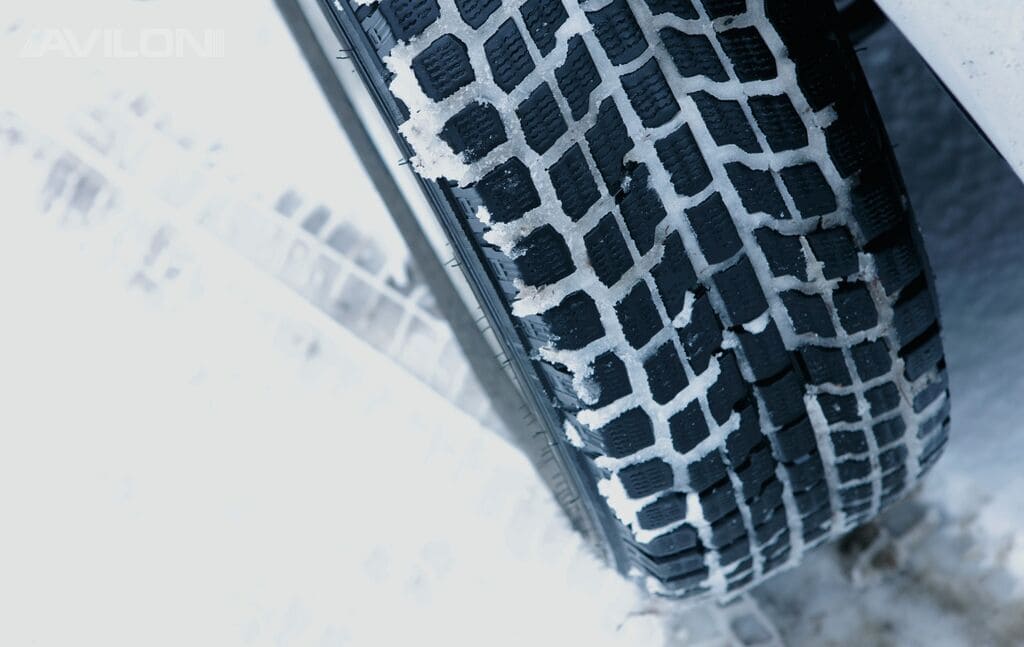 Tire designers must consider a long list of factors, including tread stability and hysteresis (a process that generates heat as a tire repeatedly deforms and recovers as it rotates under the weight of a car).
Tire designers must consider a long list of factors, including tread stability and hysteresis (a process that generates heat as a tire repeatedly deforms and recovers as it rotates under the weight of a car).
We've redesigned the Drive section – take a look
After all, Velcro rubber holds the road no worse than a studded tread, in addition, it does not disfigure the asphalt and does not slip on a hard surface. These advantages propelled non-studded winter tires to the top of the list of consumer preferences, where they have remained to this day. But what constitutes Velcro tires, unfortunately, not all drivers who choose exclusively studded models for the winter understand (this is not yet prohibited in Russia). Therefore, further in the text we will try to answer the most burning questions of drivers who want to change the spikes to Velcro.
Friction model is a winter or all-weather type of tire without studs. In the people it is called "Velcro". This nickname appeared as a result of rumors about the increased adhesion of tires, which supposedly “sticks” to any surface. In fact, Velcro works quite differently.
In the people it is called "Velcro". This nickname appeared as a result of rumors about the increased adhesion of tires, which supposedly “sticks” to any surface. In fact, Velcro works quite differently.
Studded model bites into crust or ice with round or rectangular metal inserts. The mechanism of operation of such a wheel is clear to everyone. The friction model is more complicated - it clings to the road, snow and ice due to the increased coefficient of friction. Moreover, the increased value of the friction force is provided by three components:

Increased friction has replaced the studs used in winter tires since the 1930s. This replacement predetermined the main vector of designing tires for cold climates, as a result of which not only asphalt-friendly winter models appeared on the market, but also all-season options suitable for riding at any time of the year.
First of all, the lack of studs. But not all studded models are supplied to the consumer with installed inserts, in addition, metal studs may fall out of the tread. How, in this case, to distinguish Velcro from the studded version without inserts? Very simple - pay attention to the following points:

By controlling these points, you will distinguish any kind of Velcro from a studded model, and you will not buy a worn wheel with dropped studs under the guise of a friction option.
Manufacturers of winter wheels are ready to offer customers only two types of friction models:
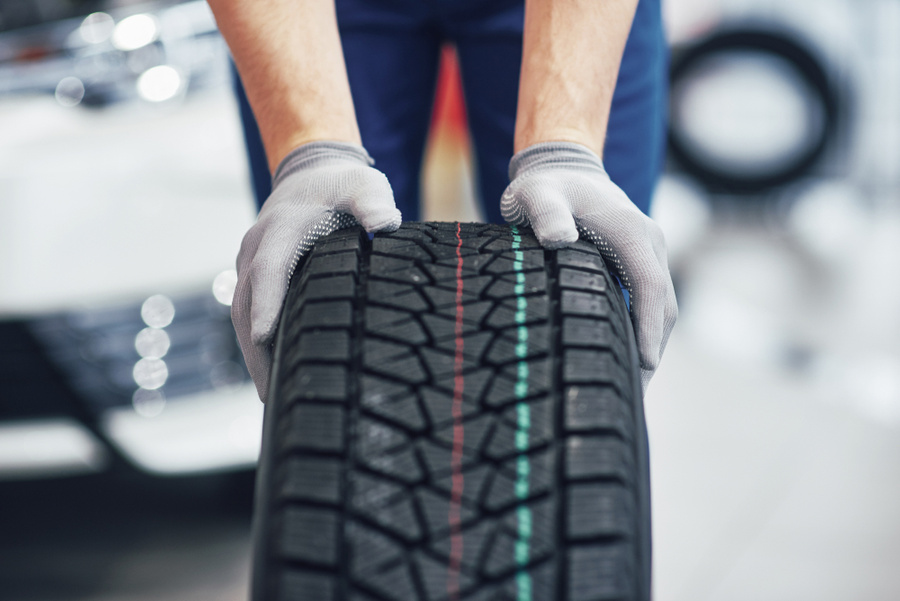 The shoulders of the European model are more sloping. In addition, in terms of the composition of rubber hardness (up to 67 Shore units), this option resembles all-season tires. The European speed index is H or V (220 or 240 km/h).
The shoulders of the European model are more sloping. In addition, in terms of the composition of rubber hardness (up to 67 Shore units), this option resembles all-season tires. The European speed index is H or V (220 or 240 km/h). The Scandinavian version has a second name - arctic (or alpine) tires. Moreover, some models from this series allow temporary installation of studs, and the Scandinavian tread pattern is also found on studded tires from some manufacturers. The European version is designed for fast driving on snow-cleared streets and autobahns. Such a tire is closer to all-season models than to classic winter tires.
Scandinavian Velcro is designed for severe off-road. They will overcome both the icy roadbed and virgin snow. The wavy edges of the “cubes” and V-shaped protrusions of the arctic tread are ready to cling to any bumps, and the soft rubber literally flows into microcracks under the pressure of the wheel.
Tests of such tires show excellent results on any off-road, and in severe frost they are ready to compete even with studded options. Arctic rubber retains elasticity even at -25°C, so its braking distance will not differ from that of a studded tread.
Winter
Tires Goodyear UltraGrip Cargo
Winter Drive Protection Sound Comfort
Rating:
4.5
Tires Goodyear UltraGrip Ice 2
Winter Drive Protection Sound Comfort
Rating:
4.5
Tires Goodyear UltraGrip Ice SUV
Winter Drive protection
Rating:
4.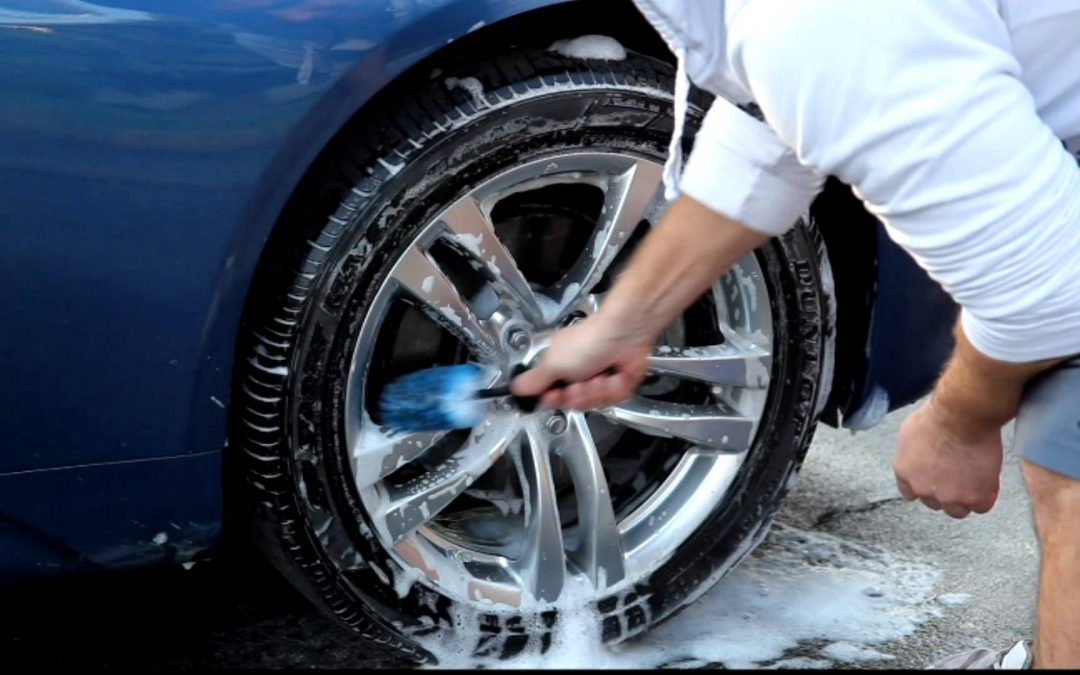 5
5
Tires Goodyear UltraGrip Ice +
Winter Drive protection
Tires Goodyear UltraGrip Arctic 2
Winter Drive Protection Run On Flat
Rating:
4.5
Tires Goodyear UltraGrip Performance Gen-1
Winter Drive Protection Run On Flat
Rating:
4
Tires Goodyear UltraGrip Performance 2
Winter Drive protection
Tires Goodyear UltraGrip Ice 2+
The weak side of the "Scandinavians" is too soft rubber.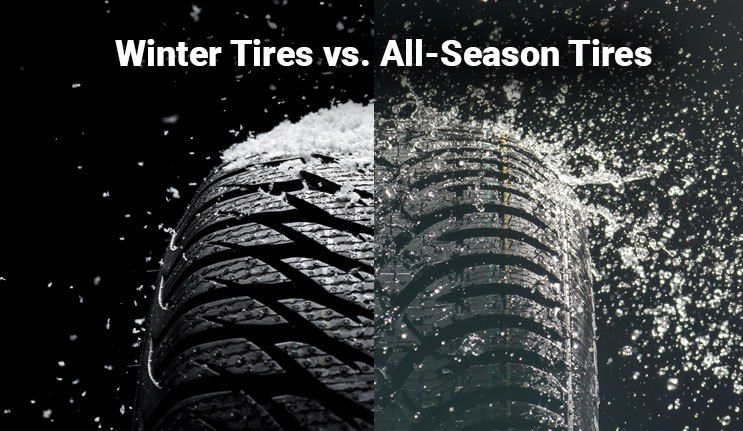 The tread of such a tire wears out faster than that of a “European”, in addition, a too soft tire begins to “walk” on a hard surface. Drivers note slow reactions to turns and sharp maneuvers when moving from virgin snow to asphalt.
The tread of such a tire wears out faster than that of a “European”, in addition, a too soft tire begins to “walk” on a hard surface. Drivers note slow reactions to turns and sharp maneuvers when moving from virgin snow to asphalt.
Scandinavian tires are designed for trips outside the city, on snowy streets or highways. There is nothing to do in the city on such tires.
European Velcro is the best tire for slushy winters. It differs from the Scandinavian with an almost summer tread pattern. Rounded shoulders, a dense arrangement of cubes and V-elements, a solid sidewall and an abundance of water-removing sipes - all this allows the “European” to move on a winter road at summer speeds (over 200 km / h) without losing grip on the track.
Tests of such tires show the similarity of the results of European tires and all-season tires. Between -5 and 7°C they have about the same stopping distance and similar hydroplaning resistance.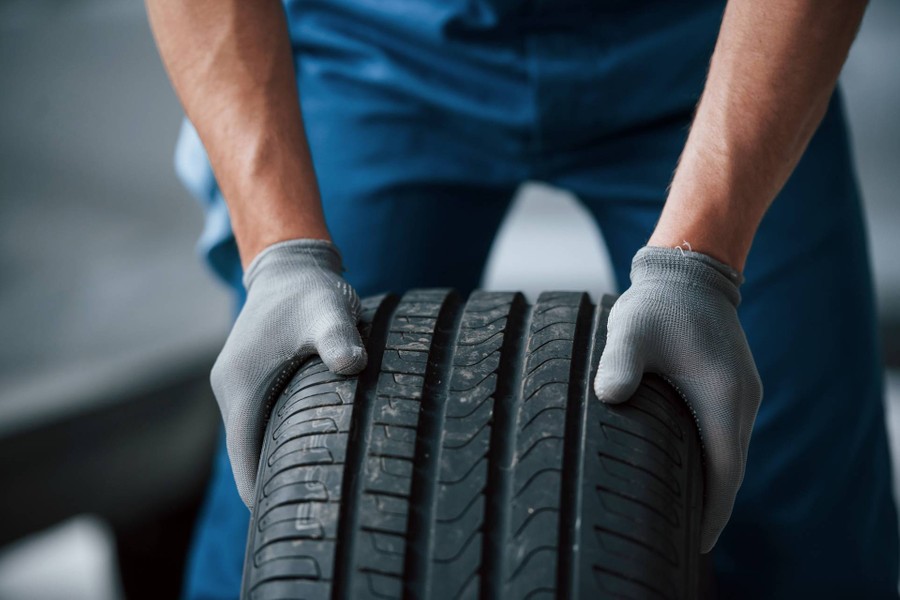 However, at low temperatures, the “European” bypasses any all-season tires, demonstrating better handling and minimal braking distance even at -20 ° C.
However, at low temperatures, the “European” bypasses any all-season tires, demonstrating better handling and minimal braking distance even at -20 ° C.
The downside of "Europeans" can be called the relationship between the braking distance and the type of coverage - on ice or on a snowy road, these tires do not feel as confident as on wet or dry pavement. For an extreme road, they have too much rubber hardness.
European tires are bought for city driving. Moreover, they can be installed already in September - they do not “walk” on a paved road even at 15-17 ° C.
When choosing a tire for a car of a particular brand, the following criteria are used:
 These tires are not afraid of bumps and off-road.
These tires are not afraid of bumps and off-road. When choosing the type of tread pattern, asymmetric options should be preferred. In such a tire, the inner edge is designed for driving on ice, and the outer edge is designed for driving on a dry track. If you are not going to leave the city, pay attention to the symmetrical directional tread patterns. Tires with this pattern resist wet snow and asphalt better than other models.
According to the Highway Safety Division of the American Automobile Association, more than 500,000 traffic accidents occur each year in the United States, triggered by difficult weather conditions and slippery roads.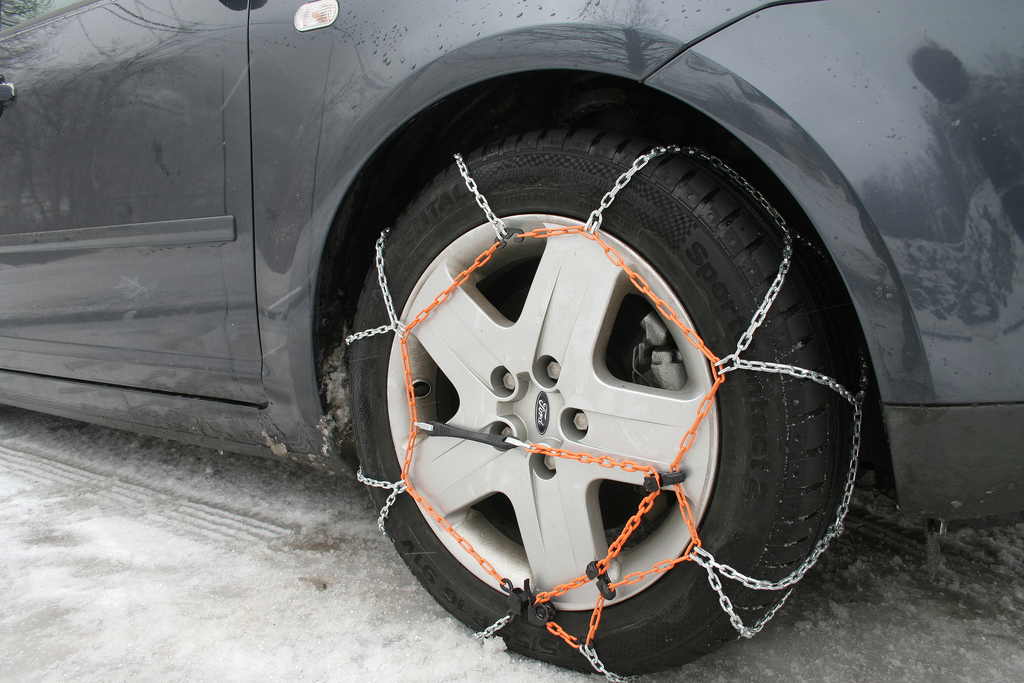 Among them, more than 2 thousand cases end in the death of road accident participants. In some countries, to reduce the number of accidents, a law has been introduced that obliges citizens to use winter tires when the air temperature is less than 7 ° C. In particular, in Canada, this innovation led to a reduction in serious accidents in the cold months by 46%. Winter tires have long proven their effectiveness, but not everyone has a clear idea of the principles of their work - our article is devoted to them.
Among them, more than 2 thousand cases end in the death of road accident participants. In some countries, to reduce the number of accidents, a law has been introduced that obliges citizens to use winter tires when the air temperature is less than 7 ° C. In particular, in Canada, this innovation led to a reduction in serious accidents in the cold months by 46%. Winter tires have long proven their effectiveness, but not everyone has a clear idea of the principles of their work - our article is devoted to them.
Since Robert William Thomson's invention of the world's first rubber sail tire in 1846, more than 30 tire sub-types have appeared on the market for various operating conditions. Most tires for cars designed for public roads, according to their characteristics, fall into three main categories: summer, all-season and winter. The main differences between these categories are the specific properties of rubber compounds and the features of the tread pattern.
Tire Rack For the manufacture of summer and all-season tires, rubber compounds are used that retain their softness (sufficient for effective grip) only up to certain temperatures.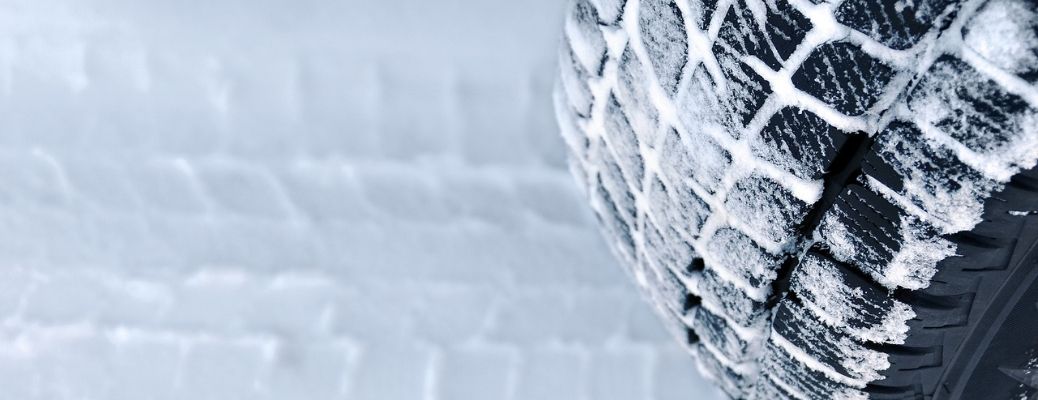 Summer tires become too hard to ride comfortably at temperatures around 12.8°C, while all-season tires harden when temperatures drop to 6.7°C. Too hard rubber significantly increases acceleration and braking distances due to poor grip on the road surface. In addition, such tires make the car less drivable, increasing the likelihood of skidding in corners, and also put extra stress on the running gear.
Summer tires become too hard to ride comfortably at temperatures around 12.8°C, while all-season tires harden when temperatures drop to 6.7°C. Too hard rubber significantly increases acceleration and braking distances due to poor grip on the road surface. In addition, such tires make the car less drivable, increasing the likelihood of skidding in corners, and also put extra stress on the running gear.
The rubber used to make winter tires remains soft and pliable even in sub-zero temperatures. Even if the road is clean and dry, these tires will provide the car with more effective grip than summer or all-season tires. Often, when choosing winter tires, people tend to pay much more attention to the features of the tread - of course, it is very important, but it is the tire material that plays a key role.
Experts from Tire Rack conducted a unique experiment in which they compared the performance of different types of tires during braking at the University of Notre Dame ice hockey rink (Indiana, USA). The front-wheel drive Toyota Camry, shod in all-season tires, drove 60 miles (~ 96.5 km) in 7.31 seconds. On winter tires, she covered this distance in just 4.34 seconds. The all-wheel drive Toyota RAV4 crossover showed a much more balanced result, covering the same 60 miles in 3.7 seconds on all-season tires and 3.1 seconds on winter tires.
The front-wheel drive Toyota Camry, shod in all-season tires, drove 60 miles (~ 96.5 km) in 7.31 seconds. On winter tires, she covered this distance in just 4.34 seconds. The all-wheel drive Toyota RAV4 crossover showed a much more balanced result, covering the same 60 miles in 3.7 seconds on all-season tires and 3.1 seconds on winter tires.
Both vehicles did not exceed 12 mph (19.3 km/h) in braking performance testing of different tire types. It took the Camry sedan nearly 16 meters to come to a complete stop on all-season tires and about 11.5 meters on winter tires. On all-season tires, the RAV4 compact crossover stopped after 17 meters, and on winter tires, after just 10.3 meters.
Getty
In addition to the tire material, the physical configuration of the tread plays an equally important role.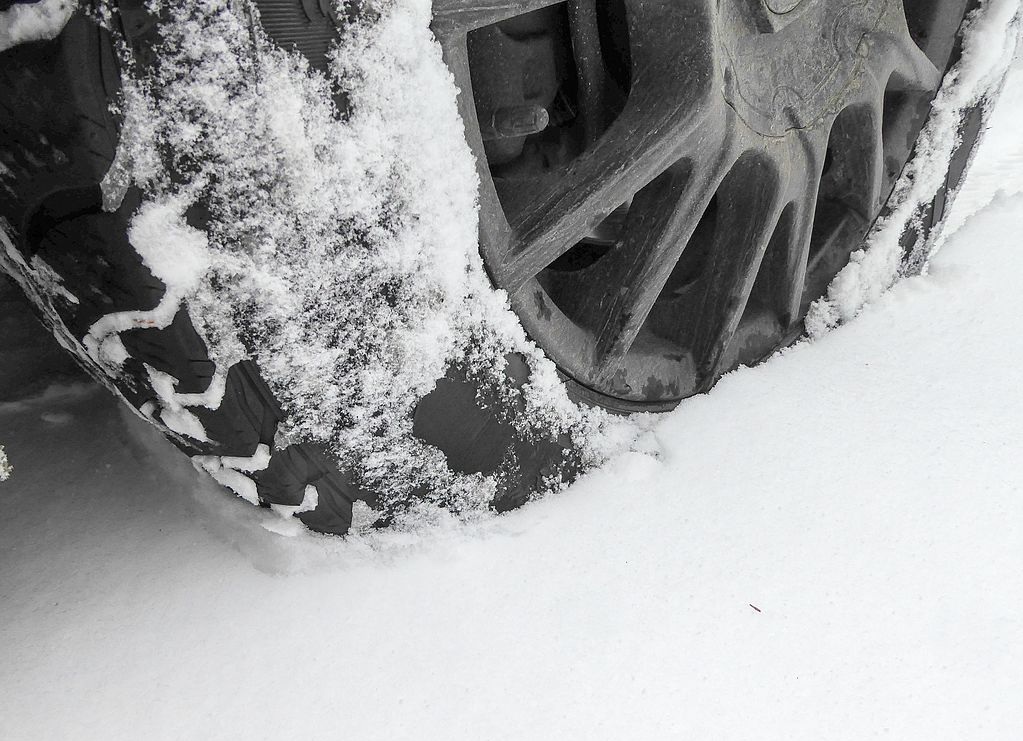 The ice itself is not at all slippery, but rather rough. Sliding provokes a thin layer of water that appears on the surface of the ice when pressure is applied to it. To achieve direct tire contact with ice, modern manufacturers make the tread porous. Tiny voids in the rubber texture absorb fluid, improving tire grip on ice. This principle is in direct contrast to the concept of skates used for skating or playing sports. A thin steel blade concentrates the entire mass of a person, causing the ice to melt. As a result, an imperceptible water film appears on its surface, which reduces friction and promotes sliding.
The ice itself is not at all slippery, but rather rough. Sliding provokes a thin layer of water that appears on the surface of the ice when pressure is applied to it. To achieve direct tire contact with ice, modern manufacturers make the tread porous. Tiny voids in the rubber texture absorb fluid, improving tire grip on ice. This principle is in direct contrast to the concept of skates used for skating or playing sports. A thin steel blade concentrates the entire mass of a person, causing the ice to melt. As a result, an imperceptible water film appears on its surface, which reduces friction and promotes sliding.
Sipes are small strips cut into the tread blocks. Like the pores of rubber, they improve grip on slippery roads by absorbing water. However, their main task is to pinch the road surface. The sipes work like studs on sports shoes: they “bite” into the mud or ice to give the tires extra grip. The treads of all-weather tires also contain sipes, but in winter they are much more numerous and pronounced.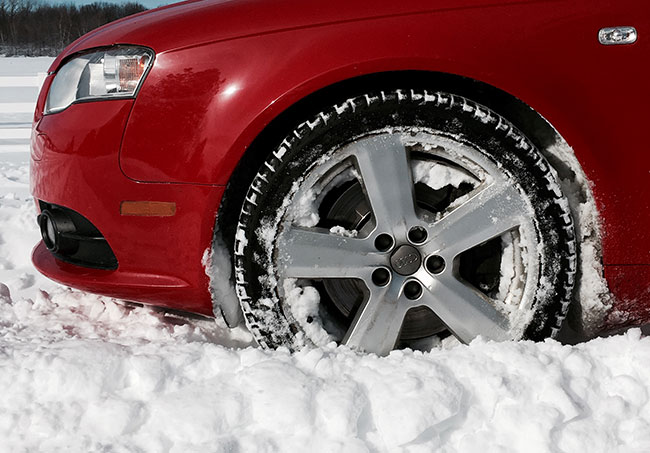
tires The early generations of sipe winter tires suffered from a serious drawback: on dry pavement, these tiny cuts caused the rubber to "float", making the car unstable. In more modern models, manufacturers use the so-called "3D-lamellae". Instead of straight stripes, zigzag sipes are cut out in the tread blocks. Thanks to them, on a dry surface, the rubber is able to better cope with the weight of the car, relieving the driver of an unpleasant "floating" feeling. This technology has made winter tires more durable and more predictable on dry pavement.
The tread of summer tires consists of few and shallow grooves. In all-season tires, the pattern is somewhat richer and more diverse, but, as in the previous version, its main task is to divert water from the contact patch of the tire. The wide and numerous grooves on the surface of winter tires are a decisive factor for a comfortable ride on snow.